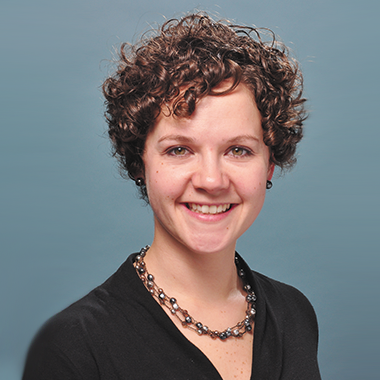For better viewing with links, read this on our Substack.
You can’t eliminate the risk of infection AND there are many things you can do to decrease your risks.
Balancing the tradeoffs of infection risk and engagement in meaningful life events will look different for everyone. Be open to the risk reduction options available and recognize that the tradeoffs are different for everyone.
Recently, many Nerdy Girls got together in person for the first time in three and a half years. Our excitement for this extremely personal event matched our cautious consideration of infection risks. Weddings, funerals, family trips, reunions, and professional conferences present similar balancing acts. The art of balancing events that fuel your soul and preparations to avoid infections for yourself and others require compassion, facts, and planning. Here are some guiding tips.
How important is the event to you?
Not all risks and rewards are equal. Decide what events are most important to you and mark them on your calendar. High priority events become anchors in your planning of everything else.
How can I prevent infection before my event?
Ramp up the risk reduction measures. Receive available vaccinations at least 2 weeks before your event to decrease the risks of preventable infections. Wear a high filtration mask in low excitement/high risk settings like on your ride to work on public transportation or trips to the grocery store for the week prior to your event. Avoid planning or cancel non-essential outings that increase infection risks like large in-person meetings that are not time sensitive. Wear a high filtration mask in transportation hubs like airports and on buses, trains, and planes.
How do I avoid bringing nasty germs to the party?
Test for COVID 24 hours before the event to avoid ruining the event for everyone. It’s not just about you! While it hurts, don’t attend the event if you have had a fever or vomiting and diarrhea in the last 24 hours. If you have an infection prior to the event , you should wait 5 days from the start of symptoms before mingling with others. If you must be present and feel under the weather, wear an N95 mask for the duration of the event and skip out on the communal meals, sharing bedrooms, and indoor activities. Do your best not to chalk things up to allergies and throw caution to the wind. Again, others with higher risks are counting on your careful mitigation plans.
How can I decrease infection risk if I am the host?
Make it easy to layer on protective measures. When an outdoor option is feasible, go for it to increase ventilation. If your event is inside, cracking windows, turning on fans, and using portable air purifiers can greatly increase indoor ventilation. Ensure the event is not over-crowded. Exercise grace if participants are unable to participate because their risk/reward balance looks different than yours.
What happens if I get infected or sick at my event?
This can happen! Plan for it! Throw a COVID-19 test and masks in your suitcase along with a fever reducing medicine and any symptom supports you like when you are sick. For people who are at high risk for health complications from respiratory infections, consider discussing and obtaining treatment options with your primary care provider before the trip – just in case. Think through how you might handle caregiving responsibilities, sleeping quarters, and return trips in the event of the dreaded infection. Do your best not to over schedule the week you return. (This is a good reminder in the absence of any infection risks.) Avoid back to back important events requiring travel and cascading consequences. We can’t prevent all infections but we can plan for the worst case scenario.
What should I do when I get home?
Be honest about your activities and risk reduction measures with the people in your network. Your best friend or your kid’s piano teacher may also be planning a really special event. In public spaces and in the company of high risk people, wear an N95 or KN95 for 5 days after your event, leaving time for a brewing infection to present itself. Test for COVID-19 between 2 and 5 days after you return.
Life is messy. Rational brains are not great at weighing the risks and benefits of attending an event with the risks and benefits of NOT attending an event. There are competing demands mixed in with deep emotions. Weigh the facts, make a plan, and engage with those around you who may have a completely different circus going on in their mind.
Stay Nerdy. Stay Safe!


